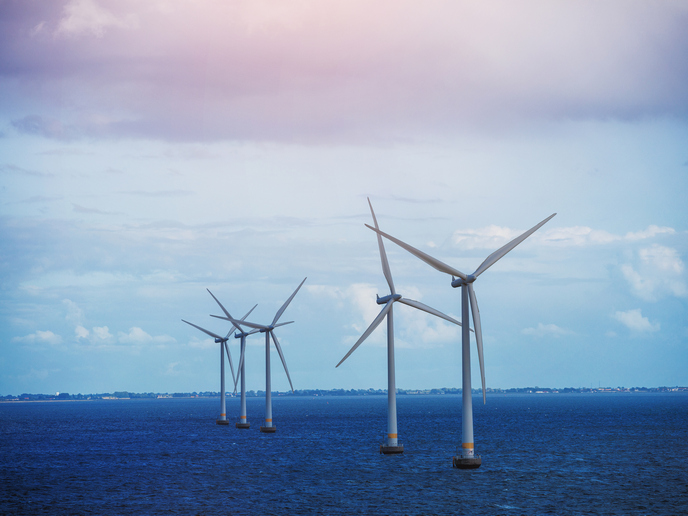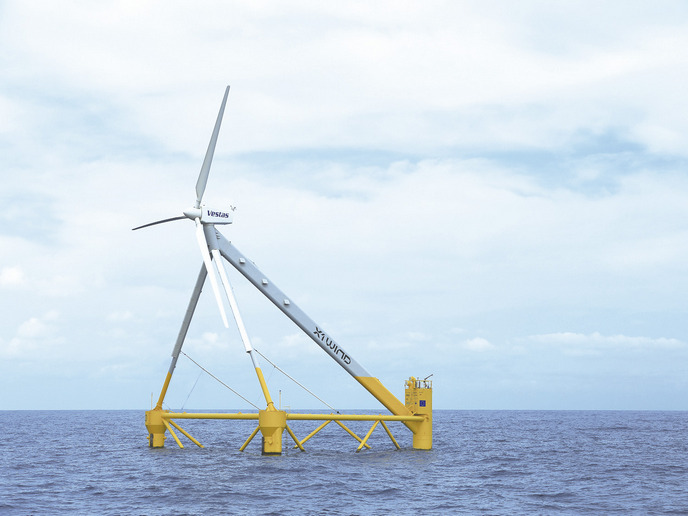A game changing actuator for the material and energy markets
The EU-funded SMARTACT-2-3 project was set up to build on the success of SMARTACT-1, coordinated by The Smart Actuator Company in the UK. Phase 1 had successfully developed smart, electrically powered actuators (RIFT Driven® actuators), the first of which was delivered to market in early 2013. RIFT (Reduced Induction Field Torque) Technology is a patented energy efficient electric motor design, that saves up to 85 % of the material components of a motor and is up to 75 % more energy efficient than competitors. The system has also been demonstrated to use 25 % less copper and be 80 % lighter than typical alternatives. RIFT works by combining several small motors around a central shaft as an alternative to having one large motor. Crucially, it is scalable for a diverse assortment of devices using electric motors. The potential applications range from electric cars to small wind turbines which could be attached to houses to supply household energy (especially useful in the developing world). Early success has meant that the first two years of production are sold to 90 % capacity, as the technology is already replacing electric motor drives in many applications. Building on success The SMARTACT-2-3 project was set up to develop two additional products based on the RIFT technology. These were a small actuator for the range of small valves in the market (covering torque output 0 – 40 newton metres) and a large version (covering 100 – 400 newton metres torque output). The existing product covered torque output from 40 - 100 newton metres. As the project coordinator Mr Jerry Brown explains, ‘The project allowed us to compress our 10-year company plan into a two-year reality. It also highlighted the requirement for us to increase our product range, which has quickly opened new opportunities.’ Additionally, it has had the knock-on affect of spurring on other companies to also develop new product ranges. Part of the success of the project’s Phase 1 came from the so-called Voice of the Customer Survey (VOCS) which allowed the team to develop products that match the expectations and requirements of end-users. Phase 2 has updated this work through regular stakeholder meetings, at both workplaces and trade shows. As Mr Brown summarises, ‘This follow-up effort demonstrated that the VOCS was valid and introduced us to new customers. It was also good for due diligence in our offer, identifying and addressing business-related issues and weak areas, which allowed us to evolve and grow as a company.’ Delivering a game-changing range of benefits The technology has been shown to deliver a range of benefits. These include: reducing the energy required to automate daily tasks in many applications, reducing the volume of raw materials, including copper and magnets, used to manufacture automated systems and reducing weight, thereby also decreasing fuel use in logistics and shipping. These benefits also lower the attendant carbon footprint. One of the additional benefits that Mr Brown cites is that of reducing the need to source manufacturing capability from outside Europe. As he puts it, ‘This allows repatriation of manufacturing to the EU, which will increase jobs in key manufacturing sectors, and input transferable skills into the workplace, benefiting the wider economy.’ Looking to future opportunities, Mr Brown mentions subsea applications around the world as a new marketplace for further exploration. Indeed, the team are currently working with Marine Power Systems who have developed an underwater renewable power generation platform and required a lightweight, low energy subsea actuator. However, he goes on to say that, ‘The holy grail has got to be energy efficient motor and generator drive systems that will benefit all and this market is unlimited.’
Keywords
Actuators, torque, energy efficiency, electric motor, generator drive systems, electric cars, wind turbines, carbon footprint







